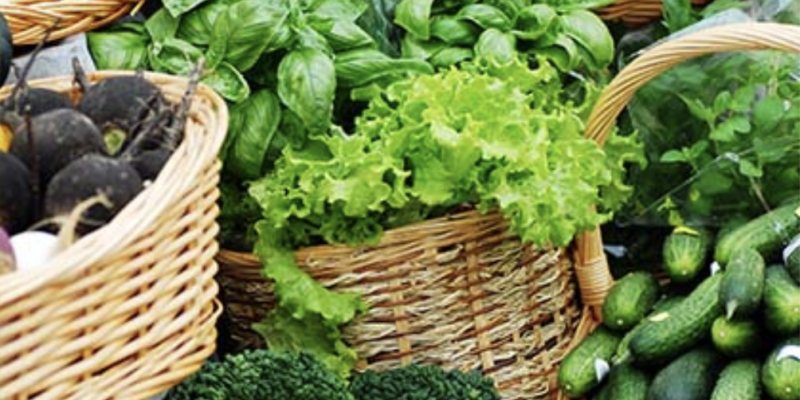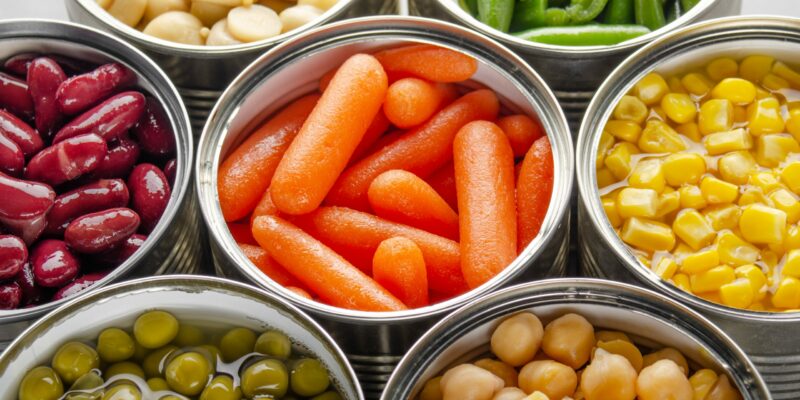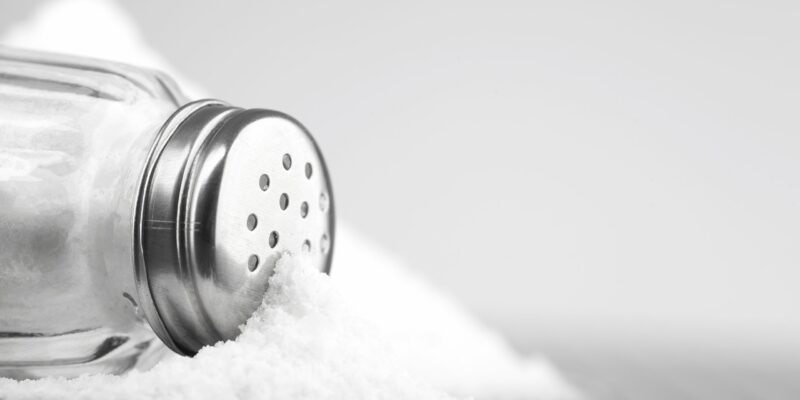What does “Organic” and “Antibiotic-free” mean?
What does it mean when meat and poultry are labeled organic and antibiotic-free? Here’s some information about these terms:
U.S. Department of Agriculture (USDA) organic certification regulations require that animals are raised in living conditions that suit their natural behaviors (like the ability to graze on grass pasture), fed 100 percent organic feed, allowed to forage, and not administered antibiotics or hormones. It’s important to note that studies have shown there doesn’t seem to be much difference, as it relates to health, between organic or conventional meats.3
Antibiotics are used by farmers to prevent healthy animals from becoming ill and to treat sick animals. Antibiotics are also used to help livestock grow faster. Basically, farmers use antibiotics to treat, control and prevent animal diseases, which in turn can help increase productivity.4 If a turkey or chicken is labeled “antibiotic-free” or with phrases like “no antibiotics ever” and “never given antibiotics,” this means no antibiotics were used in the animal’s lifetime.
The Maillard Reaction
The Maillard reaction is responsible for the delicious flavors of baked meat. The heat from the oven breaks down the food’s protein into amino acids. These amino acids then react with the sugars present in the food, which results in that delicious golden brown color of your turkey. Temperature, acidity, and type of meat all affect the compounds produced.
Brining the Bird: How Does it Work?
Brining is a popular poultry preparation technique and helps keep turkey and chicken moist and flavorful. A simple chemical interaction makes this process work: When you place a turkey in a solution of salt and water, the chemical processes of diffusion and osmosis take place—meaning that both the salt and the water move from an area of greater concentration (the brine) to an area of lesser concentration (the meat). The infusion of water inside the turkey makes the meat juicier, while simultaneously, the sodium chloride’s multifaceted role in food preservation and flavor enhancement comes into play, adding depth to the flavor from the salt compounds.
Baking: It’s a Chemical Reaction
Breads, pies, corn muffins and other baked goods are the result of the interaction of chemical ingredients. Flour, for example, contains a variety of chemical compounds that give bread its fine texture and support the other ingredients during rising. When pure sodium bicarbonate (baking soda) is combined with lactose (milk), the resulting chemical reaction produces bubbles of carbon dioxide that expand under oven temperatures, causing baked goods to rise.
Chemistry also helps many pantry staples stay fresh. Preservatives are added to breads and canned fruits and vegetables to fight spoilage caused by bacteria, molds, fungus and yeast, helping to extend food’s shelf life.
Organic vs Non-Organic Cranberries: What’s the Difference?
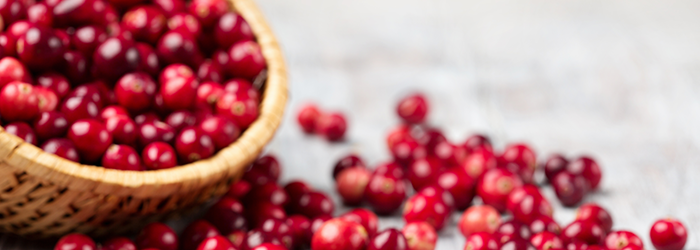
People may tend to think organic means pesticide free. However, organic crops can still be treated with pesticides.6 Whether organic or conventionally grown, cranberries and other crops are vulnerable to insects, pathogenic fungi and parasitic weeds. Farmers use pesticides to treat both organic and conventionally grown cranberries to help make them safe and affordable for the public.7
Are there Pesticides in my Potatoes?
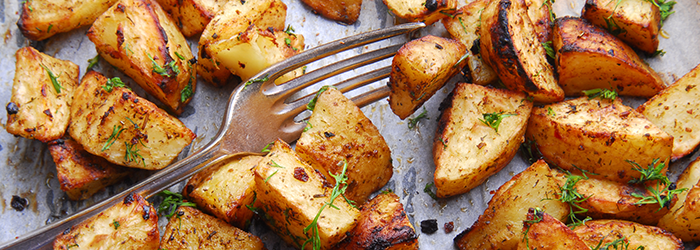
Farmers apply pesticides to both organic and conventional potato crops to help keep insects, rodents and other pests from damaging or destroying crops. Understanding the role of herbicides in potato farming is essential because they are used to help stop the growth of weeds and inhibit sprouting in stored potatoes, which can cause nutrients to flood into the new sprouts and the tuber to wither.8
According to the U.S. Environmental Protection Agency (EPA), while very small amounts of pesticides may remain in or on fruits, vegetables, grains and other farmed foods, that does not mean they are unsafe.9 Additionally, these small amounts can decrease considerably as crops are harvested and transported, then washed, prepared and cooked before ending up on the dinner table.
Check out these additional resources for more information on the chemistry behind a good feast:
The Chemistry of Thanksgiving Food
Sources
- Holiday Tips (cdc.gov)
- Understanding the USDA Organic Label | USDA
- Nutritional quality of organic foods: a systematic review – PubMed (nih.gov)
- USDA ERS – Restrictions on Antibiotic Use for Production Purposes in U.S. Livestock Industries Likely To Have Small Effects on Prices and Quantities
- American Chemical Society – 5 Tips for a Better Thanksgiving through Chemistry – Bytesize Science – YouTube
- Organic 101: Allowed and Prohibited Substances | USDA
- Massachusetts Cranberries – pesticide use 021306.doc (cranberries.org)
- US EPA – Pesticides – Fact Sheet for Chlorpropham
- 9Food and Pesticides | US EPA




